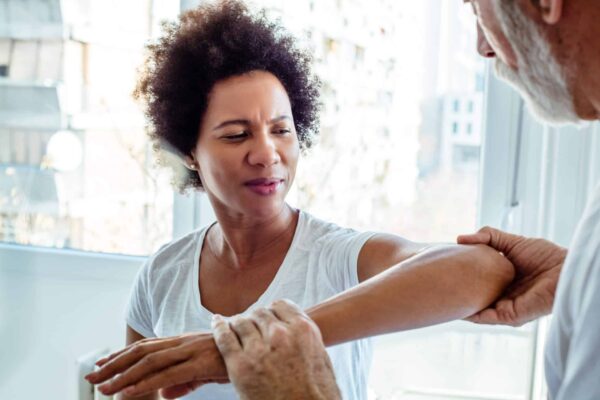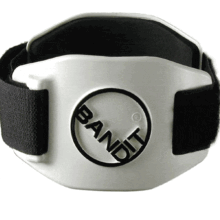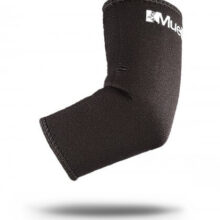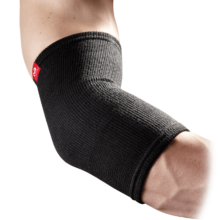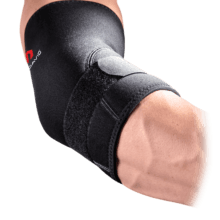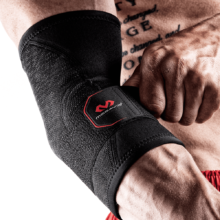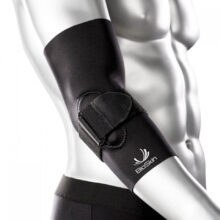Band It Elbow Brace For Tennis Elbow Pain
Login For Dealer Pricing
Therapeutic Forearm Band – the Band It Elbow Brace is the only medically designed device which aids in the relief and prevention of pain associated with Tendinitis, Tennis Elbow, Carpal Tunnel Syndrome, Repetitive Stress Injuries and Cumulative Trauma Disorders sustained in the workplace or in recreational environments. Designed by world renowned orthopaedic surgeon and sports medicine specialist, Donald Fareed, M.D. As a long time consultant to members of the Davis Cup, other professional sports teams and Olympic athletes, he designed the BandIt Strap based on 20 years of clinical observation and treatments of RSIs.

